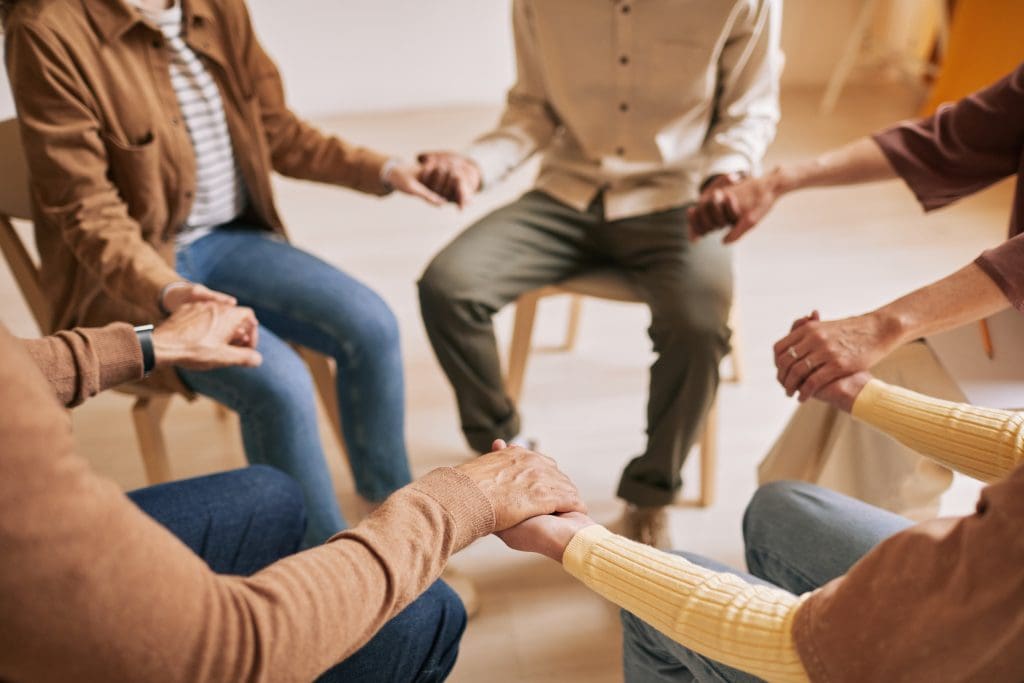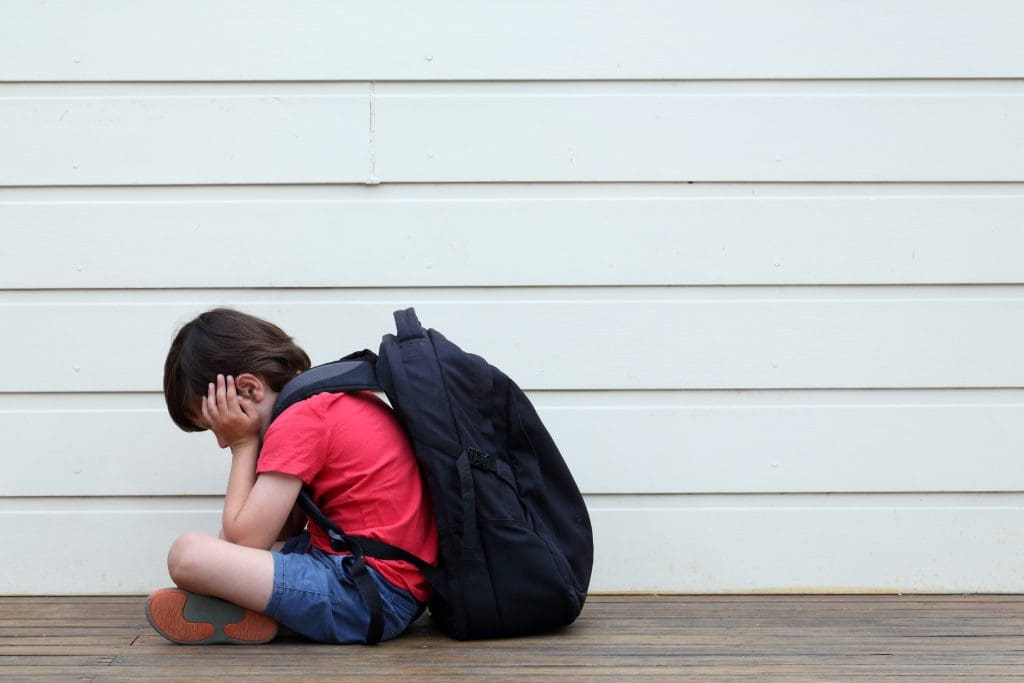Missing Children – Turning Tragedy Into Hope
By the late Bill Bickel – former Managing Editor of Crime, Justice and America magazine. Originally published in 2004 and reposted with permission from Crime, Justice and America magazine
When 19-year-old Rachel Cooke disappeared during a morning run near her parents’ Georgetown, Texas home, Robert and Janet Cooke had no idea where to turn for support – and why would they? Though this sort of thing is every parent’s nightmare, it’s not one anybody can be prepared for. “When Janet and I discovered Rachel was missing,” Robert Cooke told me when I asked him what led to the formation of the Rachel Alert Network, “we did not know where to turn, except to law enforcement. There are so many organizations that compliment law enforcement. These organizations can help with producing and distributing missing persons flyers, rewards, searches, and many other things. Janet and I want people to know what to do when a loved one becomes missing. Rachel Alert Network does not have all the answers, but we feel if only one family is able to use one suggestion from the web site, it’s worth our efforts”
Rachel Cook disappeared on the morning of January 1, 2002. Over the next 2+ years, there hasn’t been a single solid clue to her whereabouts. Eleven-year-old Shawn Hornbeck disappeared on October 6, 2002, while riding his bicycle near his Missouri home. Laura Kate Smither, age 12, was abducted near her Friendswood, Texas home on April 3, 1997 —- her body was found 17 days later. Jimmy Ryce, a 9-year-old Florida boy, was kidnapped at gunpoint and murdered in September of 1995. In 1988, in Virginia, 18-year-old Laurie Ann Powell was murdered. In dealing with these tragedies, the parents of these children – the Cookes, Craig and Pamela Akers, Bob and Gay Smither, Don and Claudine Ryce, and John and Jo Ann Compton – as well as their families and friends came to realize two things: They were not alone, and other parents should know they’re not alone either.

The Shawn Hornbeck Foundation offers MyID4Life disks, on which a child’s photo and fingerprints are digitally stored. If a child goes missing, their organization can set up a command center, distribute flyers, coordinate media coverage, help local authorities with topological, aerial and satellite maps and a sexual offender database, and send out their own search and rescue team including certified tracking dogs and experts in crime scene preservation. If the search is taking place too far away, they offer their expertise. Total cost to the parents: Nothing.
“Toward the end of 1997,” Bob Smither told me, “we realized that there was a void in the way that missing children cases were being handled since we continued to be called by other parents who need help (Laura’s case had been high profile). We felt that we had been given a mission. The core volunteers that searched for Laura met several times a week… and wrote the Laura Recovery Center Manual. This is a guide for any community with a missing child and details how to conduct a large scale, citizen-directed search for the child. It is the distillation of the knowledge learned during the search for Laura.”
Like the Shawn Hornbeck Foundation, the LRC becomes involved as soon as it’s approached by either the child’s family or by a Law Enforcement agency, or when an Amber Alert is issued: getting the word out, training community volunteers, mapping areas to be searched, coordinating with Law Enforcement and the media, documenting all aspects of the search effort, and giving support as needed to the family. They will assist as possible in search efforts around the country, and organized the Danielle Recovery Center that searched for San Diego 7-year-old Danielle van Dam in February of 2002.
In 2003, almost 15,000 children attended their SKATE (Safe Kids Are Taught Early) program, in which children are instructed (“in a memorable, non-threatening manner”) how to avoid being lured by predators and how to escape if an abduction occurs They also sponsor a First Responder Class for Law Enforcement personnel, to teach them some special techniques required for dealing with child abduction cases.

The Jimmy Ryce Center, while also assisting the search of abducted children (they work to improve coordination and cooperation among Law Enforcement and “missing children” organizations, they’ve provided more than 40 bloodhounds to police departments around the country, and the Ryces have been appointed to the Florida Department of Law Enforcement Missing Children Information Clearinghouse Advisory Board), considers the fight against predators – particularly sexual predators — to be their primary focus. They use speeches, brochures, newsletters and media appearances to increase public awareness about sexual predators, provide information to teachers and parents on teaching kids to be “predator smart and therefore predator resistant”, and have made themselves heard to elected officials:
In 1996, in response to a petition by the Ryces bearing over half a million signatures, President Clinton ordered federal buildings and national parks to post photos of missing children. Florida’s Jimmy Ryce Act of 1996 allows neighborhoods to be notified where sexual predators live. In Dade County, the school board sends children home with photos and addresses of all sexual predators living in that county.
The Jimmy Ryce Act of 1998 provides for the involuntary civil commitment of certain sexual predators after their sentences are complete.
The Jimmy Ryce Law Enforcement Training Center in Arlington, Virginia, authorized by the U.S. Congress in 1997 and administered by the National Center for Missing and Exploited Children, helps Law Enforcement personnel learn how to deal with child abductions.
Jo Ann Compton explains how the Laurie Ann Foundation came to be:
After Laurie Ann was murdered, my life became filled with sadness, anger and despair. I questioned everything, including God. I tried to find a reason, or purpose, behind what had happened to Laurie because I could not accept the painful reality that she was gone.
For years I had written letters and made phone calls to anyone whom I thought could help solve Laurie’s case. It became the driving force in my life. I believe there could be no peace for Laurie, and no life for me, until the case was solved. Then in October 1998, after failing to reach Oprah through regular mail I decided to send The Oprah Show an Email. To my surprise my Email reached a producer at The Oprah Winfrey Show. After contacting me they flew me to Chicago where I met with Ms. Winfrey and Phil McGraw, a life strategist. Upon sharing my story and expressing my pain, Oprah and Phil were able to help me see how I had been living in denial and how the denial had kept me from letting go of my pain. It was a real eye opener for me.
When I returned home after appearing on the show, I received phone calls and letters from viewers who thanked me for sharing Laurie’s story. Listening to my story had helped them deal with their pains and sorrows just as much as it had helped me to tell it. Until then I thought I was alone with my grief but I was wrong. There are many suffering the same pain as I am. Laurie’s short life was a blessing to me and her death will never be in vain. In sharing her story, I have been given an opportunity to reach others dealing with loss, and to help them find their way.
Fifteen years ago my quest began searching for answers. During my quest to find the meaning, I learned many things about myself and about life’s unknown blessings. Many of those blessings came from sharing Laurie’s story, and from the knowledge that it has helped others overcome the challenges in their lives.
Today my quest is helping others who have lost loved ones to violent crimes. In August 2001, “The Laurie Ann Foundation,” was established. A non-profit organization whose mission is to support families dealing with death caused by violent crimes and to raise awareness surrounding the problems families face due to the death of family member caused by a violent crime.

The Laurie Ann Foundation is primarily a support organization, working to inform survivors of homicide about the grief process and the criminal justice system as well as the public so they can better understand the issues that affect homicide survivors. They also seek to persuade professionals from the criminal justice system, mental health community and representatives from public and private crime victims’ agencies to share information and coordinate services to provide a more efficient ways to assist in the aftermath of homicides.
Robert and Janet Cooke have become advocates for parents of missing children and in September of 2002 were invited (along with Don and Claudine Ryce and others) to the White House Conference on Missing, Exploited and Runaway Children. While the Rachel Cooke Search Team assists in the search for missing children and adults – and for Rachel herself – the Rachel Alert Network (run separately from the RCST in order to keep its tax-exempt status) has a mission “to help prevent abductions through awareness education and to provide information to friends and families of abducted persons”.
RAN’s web site has guidelines telling families of missing loved ones what they should be doing immediately, during the first 24 hours, during the first 48 hours, and thereafter. They also hold M.U.S.T. Mentally Useful Safety Techniques) seminars, teaching self-defense and awareness to women of all ages.
I asked some of these parents what part of their work has given them the most satisfaction.
Bob Smither: “Bringing children home to their parents. Knowing that through our education program, some children have been saved from abduction.”
Jo Ann Compton: “Knowing that by establishing the Laurie Ann Foundation, I am putting my experience as the mother of a homicide victim to use.
Robert Cooke: “Seeing that look in a woman’s eyes during M.U.S.T seminars when they realize it’s okay to fight back.”




















